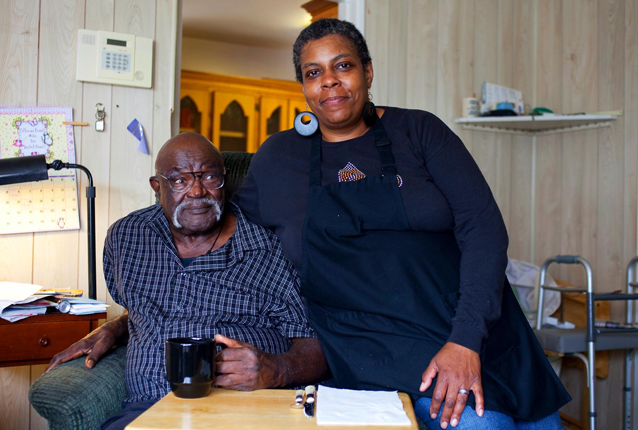Most of us aren’t planning for long-term care right now. It’s daunting to think so far ahead, even for the savviest of consumers, especially when most of us are struggling to save for retirement and when you consider the overwhelming costs.
When we do open up and talk about what we want when we get to that stage in life? How about right now?
Ninety percent of Americans would generally prefer to stay home and receive the help and care we need in our own community, rather than in a facility. But the challenge is that most people do not have the financial resources to adequately cover the cost of care in their home. In fact, the cost of receiving care continues to rise sharply year over year, especially for services in the home, according to the Genworth 2016 Cost of Care Study.
Despite what many assume, Medicare does not provide long-term care coverage, and to qualify for Medicaid – the largest provider of long-term care – families have to spend their savings, assets and retirements they worked so hard for down to poverty levels. Private, long-term care insurance covers fewer than eight percent of Americans. Even then, it often doesn’t cover all of a person’s home-care needs, resulting in an overreliance on family caregivers. AARP estimates that 44 million family members in the United States provide about 25 hours of care each week, services that are worth roughly $522 billion. Family members are often incredible care givers, but providing that care can create financial and emotional stress.
Communities are coming together to initiate and press for long-term care solutions to honor the wishes of our seniors, improve their health outcomes and reduce the cost burden of long-term care on both family caregivers and the state. Advocates in Washington state recently won funding for a feasibility study of financing options for long-term care, and advocates and organizers in dozens of other states are planning similar studies.
Advocates in Hawaii moved a bill in the legislature this year to create a long-term care benefits trust fund that would ensure all Hawaii residents in need of care at home would be able to access a long-term care benefit of $70 per day for 365 days to help pay for the cost of providing care at home. This trust would offer a meaningful supplement for the support family caregivers need, like hiring home-care aides to help aging Hawaii residents stay in their houses safely and comfortably. The program advocates are aiming to establish would not prevent anyone from purchasing private, long-term care insurance to extend the amount of coverage they have, or impact their ability to qualify for services through Medicaid.
A long-term care fix like this would improve the emotional and physical health of aging Americans. Studies show that health outcomes are significantly improved when aging people are at home, rather than in a hospital or long-term care facility. A public, long-term care program would also benefit working people by infusing revenue into expanded home-care options and creating new jobs in home care. As coverage options expand, so too does the leverage of care providers, who typically do not earn enough to sustain their families, in spite of the important work they do. When more families need home care and now have the resources for it, care providers can come together to earn a fair return on their work. Said Darlene Rodriguez, a family caregiver in Hawaii, “We need to value caregiving, to recognize that we all need to come together, to pool our resources together, to support our ability to care for our elders.”
Our country’s long-term care challenges won’t be served by a quick fix. But multipronged approaches such as the innovative policy solutions coming from Hawaii could be a real breakthrough in addressing this care crisis.




